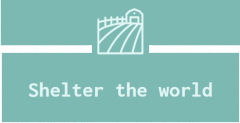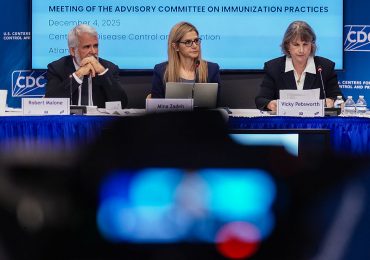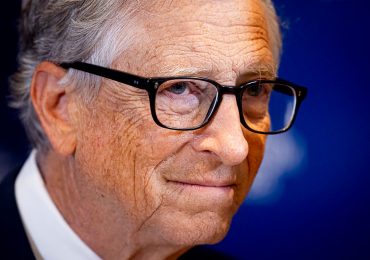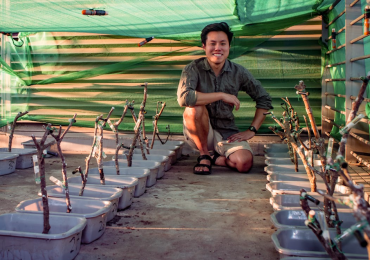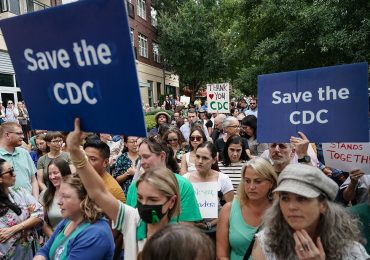We’re off to the Amazonian city of Belém for COP30!
We’ll be bringing you regular updates from the ground as the talks unfold – the wins, the losses, and the headaches – and will be putting the spotlight on Australia at this critical round of international climate negotiations.
Make sure to also follow us on Instagram, where our campaigner Ines will be bringing you all the colour from Brazil, including inside takes from our Head of Pacific Shiva Gounden and CEO David Ritter. And if you need a quick primer on what ‘COP’ is all about, check out our explainer here.
Accompanied by moving messages, video projections, and the voices of indigenous representatives, the campaign calls for urgent climate justice and consistent forest protection—in the run-up to the historic COP30 world climate conference in Belém, Brazil.
© Kevin McElvaney / Greenpeace
Why COP30 matters
This year’s COP may be the most important for many years. We are 10 years since the landmark Paris Agreement and in the middle of the make-or-break decade for global climate action.
Global investment in renewable energy has skyrocketed and communities everywhere are cracking one with building a better, brighter future. Nonetheless, the world at large is not moving anywhere near fast enough. A handful of companies and countries – Australia chief among them – have continued to expand fossil fuel production, pushing global climate pollution to new heights and locking in more destruction. We are now perilously close to breaching 1.5°C of warming, and are feeling the relentless and escalating impacts of climate change every day.
Ahead of COP30, countries were required to submit their new climate action plans, including their 2035 emissions reduction targets. Taken together, these new ‘Nationally Determined Contributions’ to the Paris Agreement fall massively short of the scale and pace of action required to keep communities safe from worsening climate disasters. Many countries missed the deadline entirely.
So as a first priority, COP30 will need to agree a credible Global Response Plan to address the 1.5°C ambition gap. Which brings us to the all-important Leaders Summit, which kicks off in Belém on Thursday.
Greenpeace reveals banner inside UN venue at Bonn Climate Conference, calling for stronger action on the 1.5 degree limit © Marie Jacquemin / Greenpeace
Juicing things up
Before the main start of COP next week, there is a Leaders Summit happening over Thursday and Friday. The purpose of these two days is to send a high-level political signal from world leaders for what they want to see happen at the COP. It’s an important part of the overall process of COP, helping set the focus and ambition for the negotiations.
The Prime Minister of Great Britain, Chancellor of Germany, UN Secretary General, President of Palau (the incoming Chair of the Pacific Islands Forum), and of course the President of Brazil are among the many confirmed attendees.
For us, the big question is where is the Australian Prime Minister? While Anthony Albanese hasn’t ruled out showing up, he is now leaving it very late. Attendance at these summits matters, and if ever there was a time for Australia to show up, now is that time.
Pacific activity by the Power Up movement at COP 28. © Marie Jacquemin / Greenpeace
Australia is still hoping to host COP31 in partnership with the Pacific and is struggling to resolve an ongoing standoff with Türkiye. Australia needs to show it is committed to climate leadership. Moreover, as an influential middle power and a giant of global energy trade, we can be an important voice at these summits. Let’s hope Anthony Albanese is packing his bags and making his way over to Belém!
Our Greenpeace team in Brazil and around the world has been preparing hard for the Leaders Summit, engaging with their leaders and demanding they send a strong message to the COP on the need for far greater action to cut climate pollution and transition away from fossil fuels. We will keep you posted on the outcome.
Looking ahead
If you’ve ever followed the process of UN climate negotiations, you’ll know it can be a painfully slow process. It can be held hostage by a handful of fossil fuel producing nations determined to stall progress. It is also the only forum where almost every country of the world comes together to tackle the climate crisis, and the only forum where the world’s most vulnerable countries have an equal seat at the table, and get to hold big polluters accountable. As maddening as it can be, it remains a critical part of driving international cooperation on climate change.
Every COP is different, with its own unique vibe. This year, the long shadow of Trumpism will inevitably be hanging over things, emboldening the fossil fuel producers and their enablers. At the same time, expect an immense show of Indigenous strength in Belém, as Indigenous peoples from the Amazon and from around the world gather like never before to fight the colonialism at the heart of the climate crisis.
Activists from Greenpeace and Pacific Island Represent send a message to leaders meeting at the UN climate talks in Bonn, COP23, projecting an image of faces from the Pacific Islands and around the world onto the cooling tower of a lignite power plant in Neurath. The message reads: “No future in fossil fuels!” and “#COP23”. The environmental activists call for an urgent phase-out of fossil fuels and put a spotlight on the impact the emissions from climate summit host nation Germany have on the Pacific.
© Daniel Müller / Greenpeace
We can also, as at every COP, expect Pacific climate leadership and strength to be on full display, driving the agenda on fossil fuel phase out and on closing the 1.5°C ambition gap.
Will this be the COP where Australia finally gets behind the longstanding priorities of its Pacific family? We are about to find out.
Buckle up – it’s going to be a wild ride!
Leave a comment
